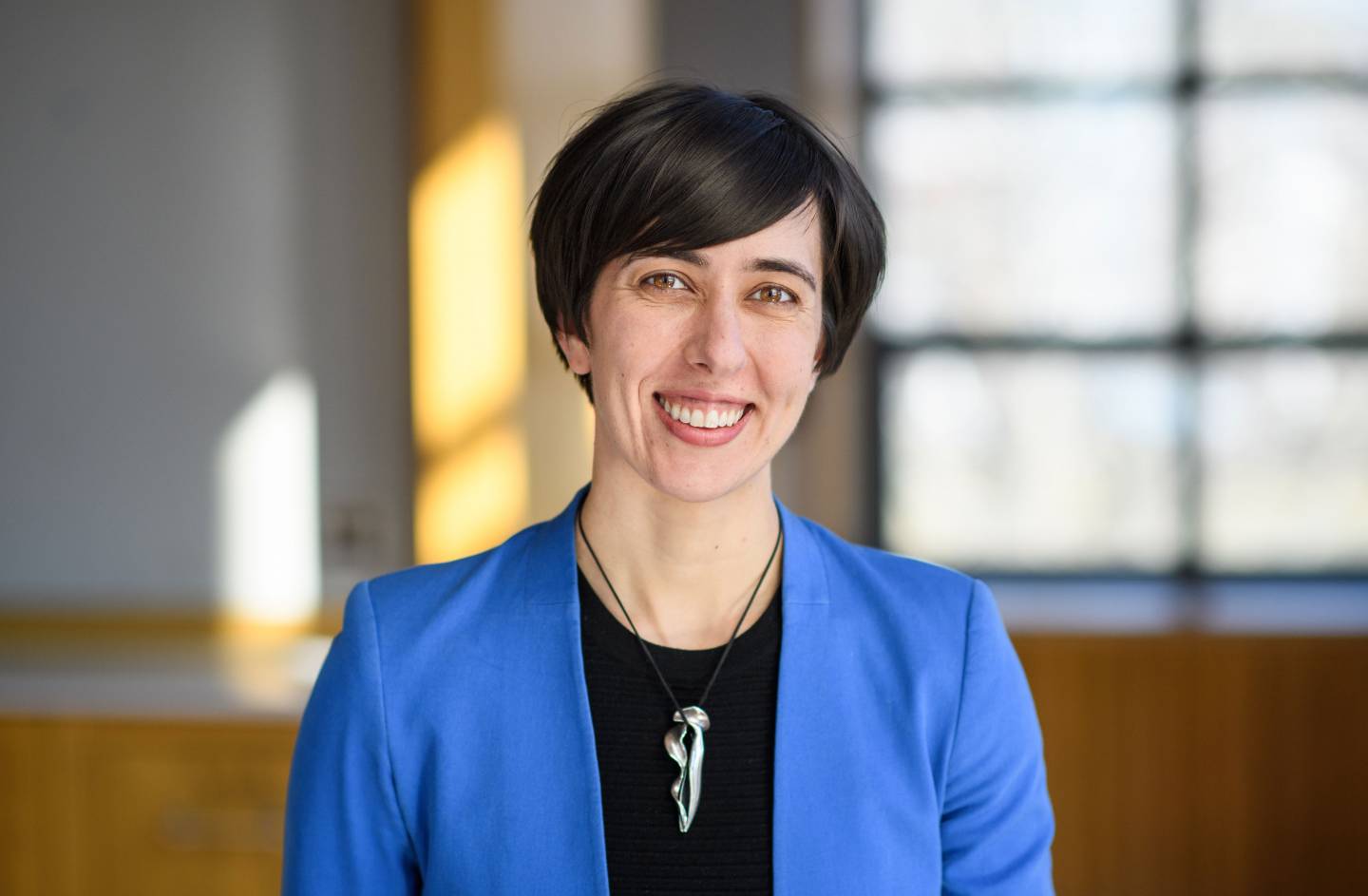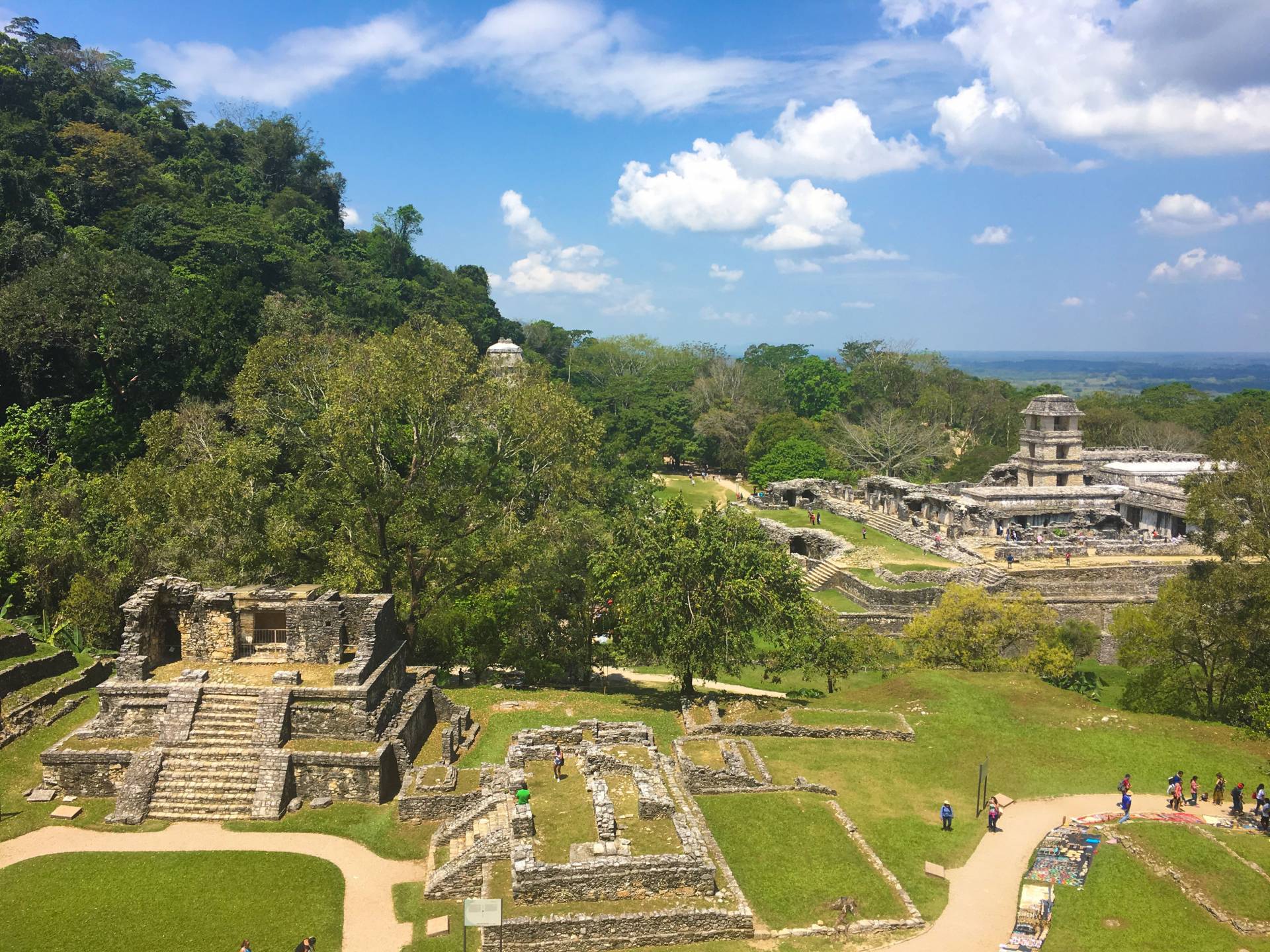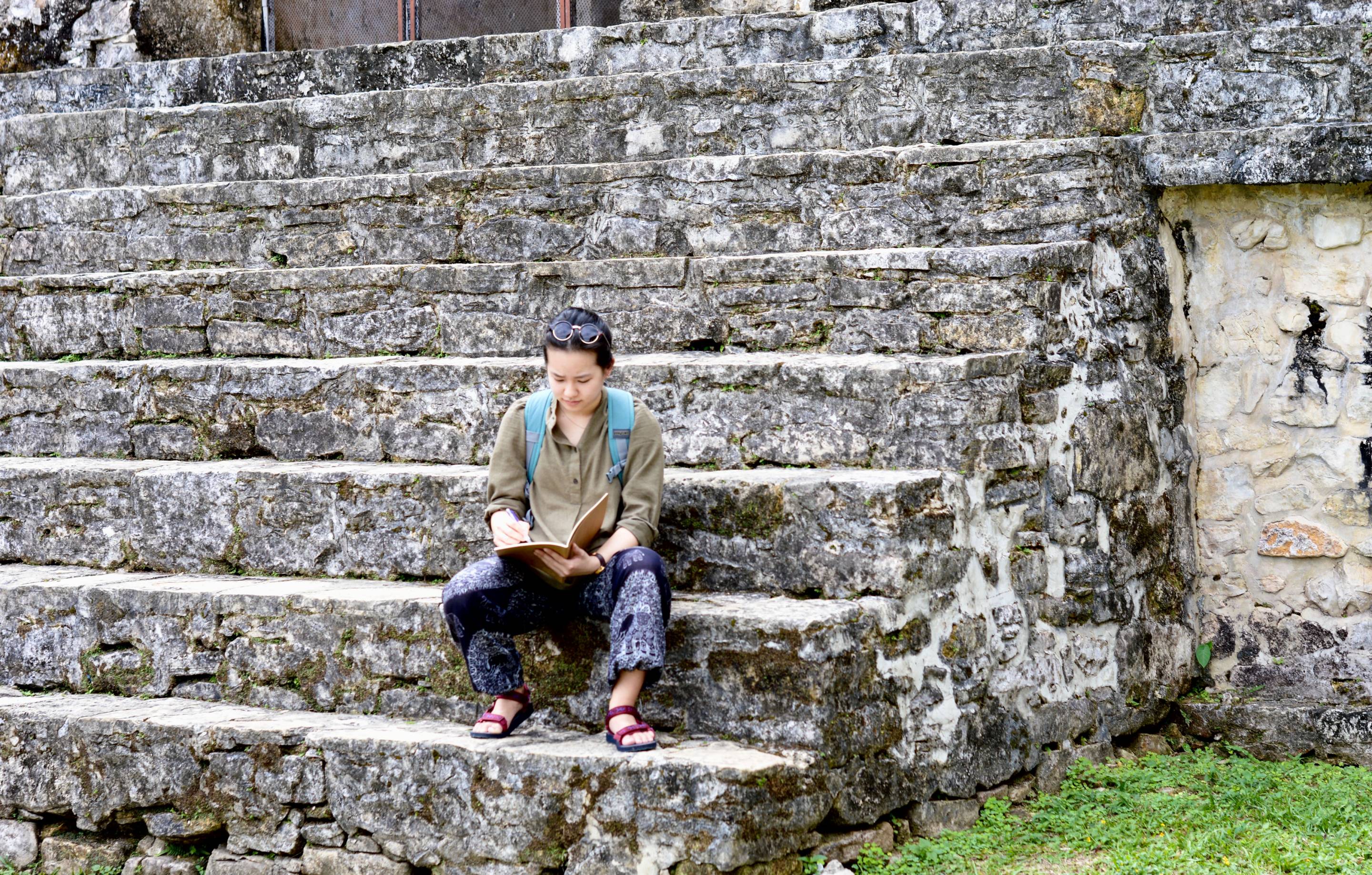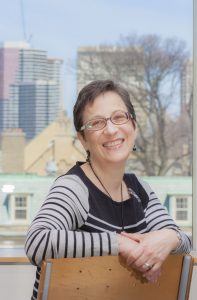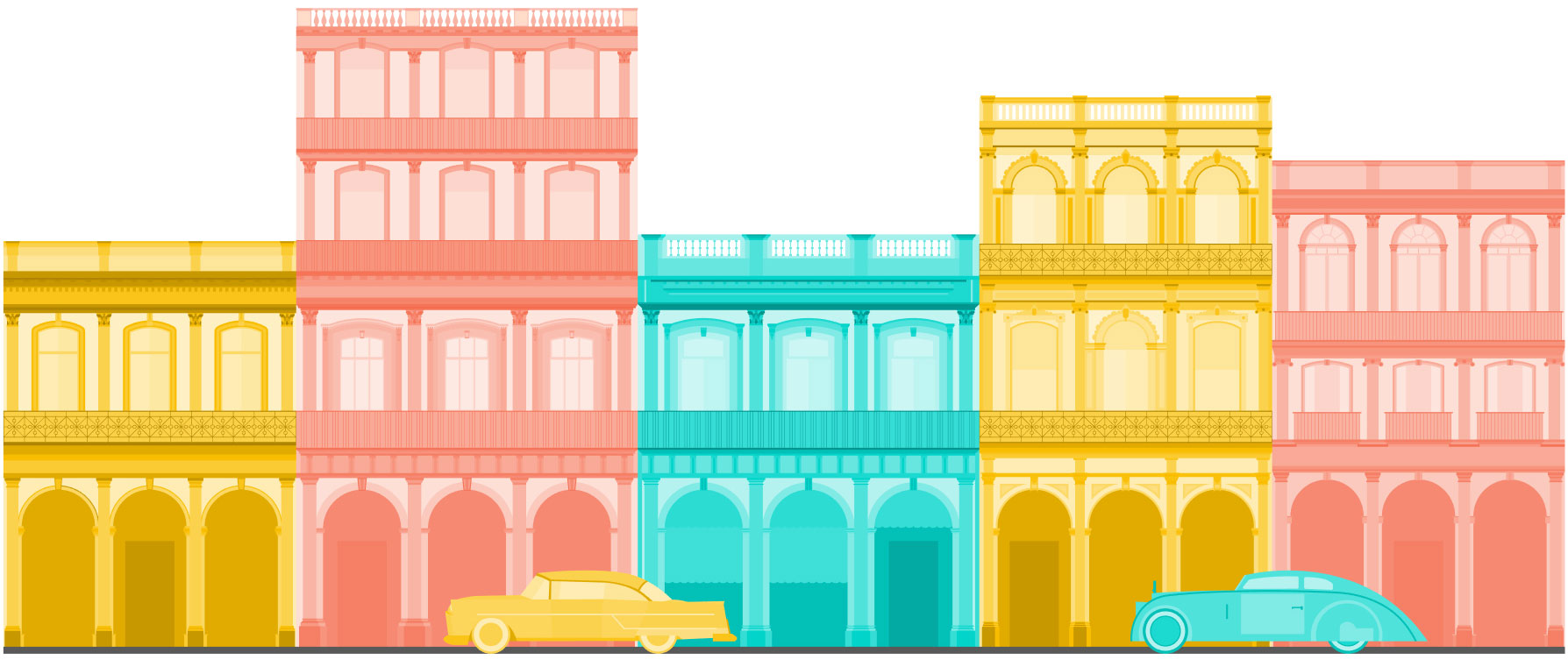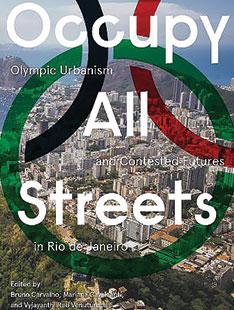While at Princeton, Alisha Holland, a 2007 alumna, wrote her senior thesis on the political and legal responses of Central American nations to rampant gang-related violence, and traveled to El Salvador and Guatemala to conduct fieldwork.
Then, she said that she intended to return to Latin America after graduation — and she did.
Now an assistant professor of politics at Princeton, Holland went to Colombia, Chile and Peru to conduct research for her first book, “Forbearance as Redistribution: The Politics of Informal Welfare in Latin America” (Cambridge Studies in Comparative Politics, 2017), which grew out of her doctoral dissertation at Harvard University. Holland studies the comparative political economy of development, with a focus on Latin America, urban politics and social policy.
“Forbearance as Redistribution” draws on intellectual passions that she has been nurturing since she was an undergraduate: for the law, social policy and inequality.
As a student, Holland was awarded the University’s Moses Taylor Pyne Honor, the highest general distinction conferred on an undergraduate. She majored in the Woodrow Wilson School of Public and International Affairs and earned a certificate in Latin American studies. Holland co-founded the Latin American Studies Student Organization and helped start Princeton Against Protectionism, a group dedicated to promoting freer trade in food.

